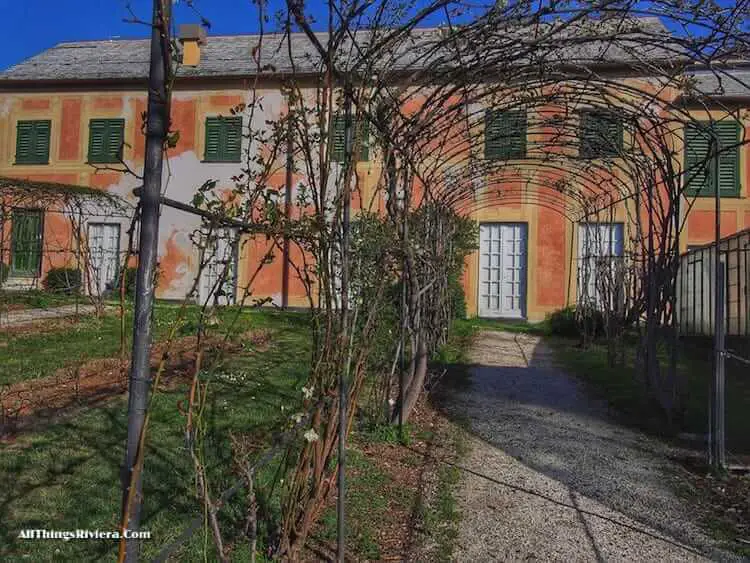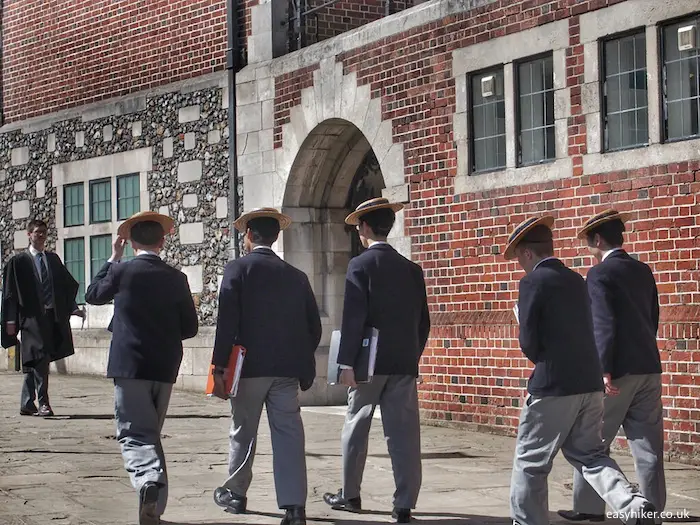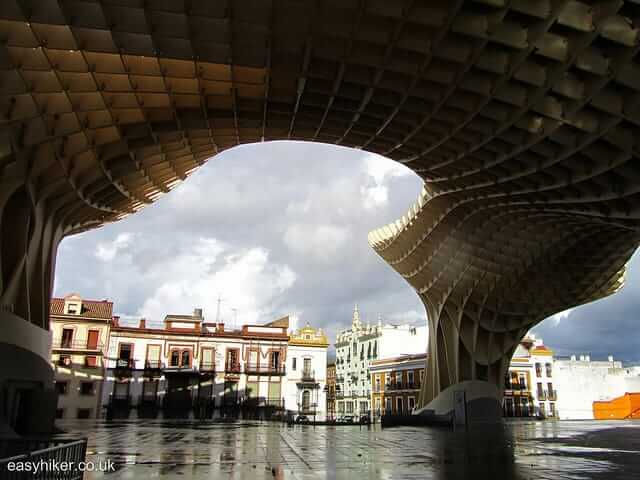Today, we start telling you about the walks we squeezed into the pauses between the various lockdowns over the past six months. This is something we did in October 2020.
Sicily is the largest island in the Mediterranean. You probably knew that already. What you may not have known is that it is also the largest (by surface area) of all 20 Italian regions: larger than Tuscany, Lombardy or Piemonte, with cultural treasures and sites of natural beauty to match.

Visiting Sicily is not like visiting the Isle of Wight or one of the Cyclades in the Aegean Sea: a single, short visit cannot do justice to the variety on offer. Which is why any first-time visitor of Sicily should concentrate on a single region. So did we, deciding to start our exploration on the east coast.
During our short trip, we visited eastern Sicily’s main tourist attractions – the baroque city of Catania, the amphitheatre of Taormina, and the ancient Greek settlement of Siracusa – and combined each of these three “cultural” visits with a short walk to add an element of natural beauty to our (and your) travelling experience.
All of these walks are either within walking distance of the sites or easy-to-reach by public transport. They are also short, leaving you enough time to explore all the other things that you have come to see.

Today, we will concentrate on Catania, a city that can look back on nearly 3000 years of history. For most of this period, Catania was – culturally, at least – a part of Greece, the “gateway to the West” right on the frontier of the Hellenistic world (the St Louis of early antiquity).
As late as the 11th century AD, during one of Sicily’s many “liberations” – most of which saw one bunch of foreign invaders drive out another bunch of foreign invaders – the troops of the German Emperor found out, much to their surprise, that most natives spoke a dialect of Greek rather than a Latin-based vernacular.
It is difficult to say how much of this Greek cultural heritage has lingered on (you would probably need years of study to find out), but even a brief visit is enough to establish that virtually nothing of it has remained in the urban fabric of modern Catania – earthquakes and volcanic eruptions throughout the centuries have taken care of that.
There are some witnesses of Catania’s roots in antiquity, but they are all of Roman origin. The natives may have been slow to pick up the Romans’ language and their culture, but Roman architecture and civil engineering have surely left their mark on the region.

Natural catastrophes are part of the eastern Sicilian package like sun-parched landscapes and foreign invasions. Eruptions of Mount Etna – one of the world’s most active volcanoes – occasionally turn Catania’s streets into ashtrays, but only rarely cause lasting damage.
Earthquakes are a different story: they are less frequent but more devastating, and none was more devastating than the great earthquake of 1693, the most powerful in Italian history.
While the northwest of the island around Palermo remained largely untouched, much of the urban fabric along the east coast was turned to rubble and had to be rebuilt from scratch – which is the reason why you see so many palazzi and churches in the Baroque style which happened to be in fashion at the time.

Because, fortunately for Sicily, these were also the years when the island’s economic fortunes were at their peak. Agricultural products from the New World had not yet arrived in large numbers (eventually, they were the key factor in the impoverishment of the island), while Italian exports of grain and wine benefitted hugely from the eradication of piracy and the creation of safe shipping lanes across the Mediterranean.
The people who stood to gain from this were the island’s large aristocratic clans who owned everything – Sicily never had a class of small landowners – and who, just as importantly, had the feudal wherewithal to recruit a workforce, always a great advantage for vast infrastructure projects (just ask the pharaohs).
In short: 18th century Catania was a boomtown, and the availability of nearly limitless resources at a time of great need resulted in the construction of a new and shiny city centre which is today a UNESCO World Heritage Site.

No “limitless resources”, meanwhile, were channeled into the reconstruction of the poor people’s quarters, which were recreated haphazardly on ancient medieval street patterns.

Undoubtedly, however, this has given the “popular quarters” of Catania a charm of their own. Wander around a bit if you have a taste for urban rough. And if you do, you should under no circumstances skip a visit to the central fish market, in many ways the heart of the old town.
This is a real-life fish market, mind you, not the sanitized version of one, with all the smells and sounds that you would expect as well as plenty of blood and gore.

There are also many great fish restaurants in Catania, good and pricy ones around the fish market as well as good and much cheaper ones elsewhere.
We gladly pass on our landlord’s recommendation of Don Turiddu Da Alfio on 30 Via Musumeci, a true find about a 15-minute-walk away from the town centre. The fixed-price menu takes you on a culinary tour around the edible treasures of the Mediterranean and represents excellent value.

Having enjoyed Don Turiddu’s hospitality and his generous portions, you may feel the need to walk off all those extra calories.
For this, we recommend a stroll down Via San Giovanni Li Cuti and the eponymous beach. You may think you have seen beaches before and that they all tend to be alike, but this is something quite rare if not unique.
It certainly provides a vivid illustration of what it means to live – quite literally – on the slopes of a volcano. Paris may be the City of Love, but Giovanni Li Cuti is the Suburb of Lava.

The San Giovanni lava beach is short: after a ten-minute-walk from the metro station Galatea, it will take you not much longer than another ten minutes to walk down its entire length, so you should stroll a little around the marina to make it worth your while.
Yes, you may have spotted the sign that says “do not enter” in the picture above, but you should feel free – when in Italy, do like the Italians – to interpret this as a mere recommendation which you are at liberty to ignore.

For your way back, take the “high road” one level up on the main street (called Viale Ruggiero di Lauria). You will discover a futuristic, if slightly neglected arts centre …

… and a Saracen tower, which probably dates from the 15th or 16th century. In other cities, even in Italy, this would be an object of loving care, perhaps even the centrepiece of a museum. Here, it is the centerpiece of a junkyard.

Catania is the kind of place that always rewards your attention. It may not be the most instantly lovable town on earth, but it has character and constantly challenges preconceived notions – including romanticized ideas of what Sicily actually looks and feels like.
The eastern part of the island (at least) is a fairly busy and industrial place. We do not know Sicily well enough to tell you whether, if your ideas of it have been shaped by movies from The Leopard to The Godfather, you can find this Sicily of the Silver Screen elsewhere on the island, but between Catania and Messina, you will be in for a shock.







